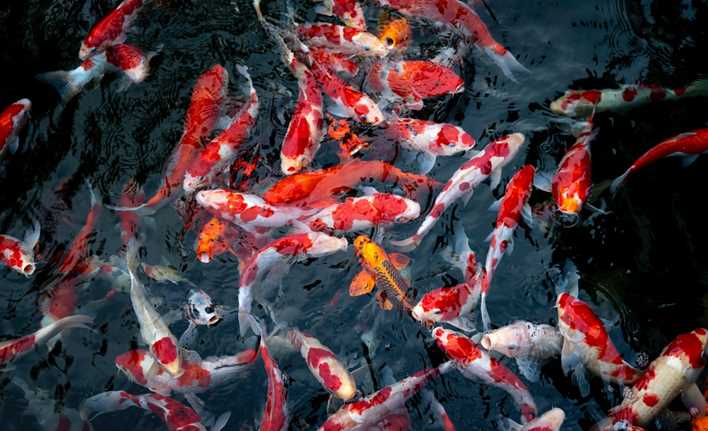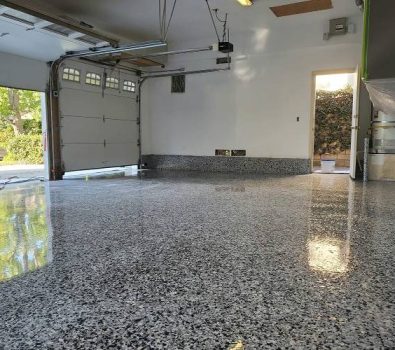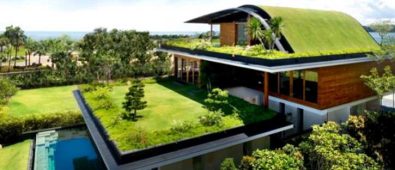While you may not be able to do much about natural disasters like hurricanes, there are a number of things you can do at home that will help keep your pond clean and healthy for both people and wildlife. Furthermore, by making sure your pond stays clean and natural, you’re more likely to enjoy your time by the water.
In this article, you’ll learn some tips to maintain a healthy pond
1. Regularly clean your pond using a net
One way to keep your pond clean is by regularly using a net to skim any algae or debris off the surface. Just make sure you don’t do this during the daytime because doing so will disturb the natural ecosystem of your pond. You can also make use of horse manure or compost for better odor control. When cleaning your pond, you should use a bacteria-killing chemical. These are natural chemicals that are safe for fish and plants but will get rid of any harmful bacteria or algae in the water.
Regular cleaning also means you get rid of mosquito larvae, especially when you use a fine-mesh net. Mosquitos can bring diseases such as the Zika virus, malaria, and dengue. If you notice larvae in your pond, that means your property already has mosquitoes everywhere. You can kill these pests yourself, but you’ll need to hire a mosquito control service to really get into the places you can’t get.
2. Add a layer of gravel to the bottom of your pond
Adding a layer of gravel to the bottom of the pond can help to trap any organic material that may have found its way into your pond. This will help to prevent sediment from entering your water and polluting it. You should also add a layer of sand at the bottom of the pond, which will help to bring in oxygen from the surrounding water.
3. Keep an eye on your pond’s pH level
The pH level of your pond is an important indicator of its health. You can buy a pH test kit from most pet stores or you can use water samples to get an accurate reading. If the pH level is too high or too low, it can be harmful to both the ecosystem and the fish in your pond.
If the pH level is too high, it could mean that your pond has too much ammonia in it. This can kill fish and other aquatic life. You can lower the pH level by adding a product called alum to your pond. Alum is a natural mineral that helps to neutralize the ammonia in the water.
If the pH level is too low, it could mean that your pond has too much carbonic acid. This can also kill your fish and plants and you’ll need to find a way to raise the pH level before it’s too late.
To increase the pH level of the water, you can use limestone or crushed coral. As with alum, you will need to thoroughly mix this into the water until it’s no longer visible. The pH level should now be at a safe level for your fish and plants to survive.
4. Use a pump and filter system
One of the best ways to maintain a healthy and clean pond is by using a pump and filter system. A pump will help to keep the water moving, while a filter will help to remove any debris or organic material from the water. You can buy both a pump and filter system at most pet stores.
You should clean your pump and filter system regularly to make sure they are functioning properly. Make sure you also change the filters regularly, as they will become clogged over time.
5. Introduce fish and other aquatic life into your pond

One of the best ways to keep your pond healthy and clean is by introducing fish and other aquatic life into it. Not only will this help to keep the pond clean, but it will also provide a home for wildlife.
There are a number of different types of fish that you can introduce into your pond, including goldfish, koi, and bass. You can also introduce frogs, turtles, and other aquatic creatures into your pond. Just be sure to check with your local pet store to see what types of fish and wildlife are indigenous to your area.
When adding fish or other creatures to your pond, be sure to introduce them gradually. This will help them adjust to their new surroundings and give them time to get used to the water.
6. Install a UV light system
A UV light system protects your pond by filtering out eliminating any bacteria, algae, or other organic material that may be in the water. It will kill any microorganisms that could enter the pond and affect its health. You can install a UV filter on an outdoor pond or one that’s inside your home.
UV lights emit ultraviolet rays that kill any harmful organisms in the water. They are very effective and can even be used in small ponds or pools. You should replace your UV filter light every 12–18 months and you’ll only need to replace the bulb, not the entire unit.
A well-maintained pond is the key to a healthy ecosystem in your backyard. Your pond will be home to all sorts of fish and waterbirds if you keep it clean, so do your part for nature! You can use alum or limestone to lower the pH level in case it’s too high, as this could kill off your entire population of fish. If the pH level is too low, introduce crushed coral into the water until you’ve reached an appropriate level. To maintain a cleaner environment, install a pump and filter system that will remove sediment from entering your pond while also keeping its inhabitants safe with UV lights. Don’t forget about introducing new life, though—frogs are always welcome additions!



